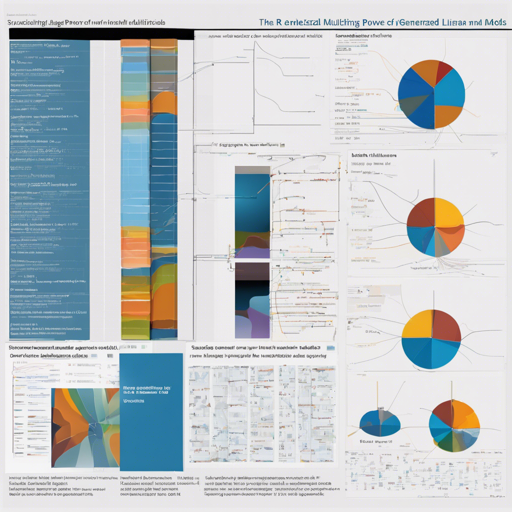Welcome to an exploration of the fascinating world of statistical modeling! In this article, we’ll uncover how linear models, generalized models, and mixed multilevel models can be understood and efficiently utilized, particularly in the R programming environment. Our journey begins with the philosophy that underpins this course and its significance in statistical analysis.
Understanding the Course Philosophy
Introductory statistics often feels like a collection of isolated tests: t-tests, ANOVA, ANCOVA, and regression. But what if we told you that these analyses are just special instances of a far more comprehensive linear model? This course aims to bridge that gap by introducing Generalized Linear Models (GLMs) as a unified framework for analyzing various types of data.
- Normal (Gaussian) responses
- Binary responses
- Discrete (count) responses
- Both categorical (factors) and continuous predictors
Course Materials and Resources
To support your learning journey, a wealth of resources is at your disposal. Below are PDFs you can access for an in-depth understanding:
- Framework
- Introduction to linear models
- Linear models
- Variables and model selection
- Model comparison
- Generalised Linear Models for binary data
- Generalised Linear Models for count data
- Modelling zero-inflated count data
- Mixed effects Multilevel models
- Generalised Additive Models (GAMs)
- An introduction to Bayesian modelling
- Causal inference
- Regression to the mean
Diving into the Models with R
To grasp the concepts of these models concretely, we can think of them as a toolbox for different situations rather than a one-size-fits-all solution. Imagine a chef in a kitchen: each statistical model is akin to a specialized tool the chef needs for specific dishes. A frying pan (linear model) is essential for quick sautéing, while an oven (generalized model) can bake a plethora of goodies.
However, just like a chef might need to adjust the heat settings (mixed models) depending on the dish, analysts need to tailor their statistical approach for varying data types and distributions.
Troubleshooting Common Issues
As you embark on your journey through statistical models in R, you may encounter some bumps along the way. Here are a few troubleshooting tips to keep in mind:
- Model Fitting Issues: Always check that your data meets the assumptions for the model you are using. If you encounter errors, consider simplifying your model first.
- Inconsistent Results: Double-check your data input and ensure that you’re applying the correct model type for your response variable.
- Package Conflicts: R packages sometimes conflict with one another. If your libraries seem to be misbehaving, try running your scripts in a clean R session.
- For more insights, updates, or to collaborate on AI development projects, stay connected with fxis.ai.
Conclusion
At fxis.ai, we believe that such advancements are crucial for the future of AI, as they enable more comprehensive and effective solutions. Our team is continually exploring new methodologies to push the envelope in artificial intelligence, ensuring that our clients benefit from the latest technological innovations.
Equipped with this understanding, you’re ready to tackle different statistical challenges with confidence. Happy modeling!

